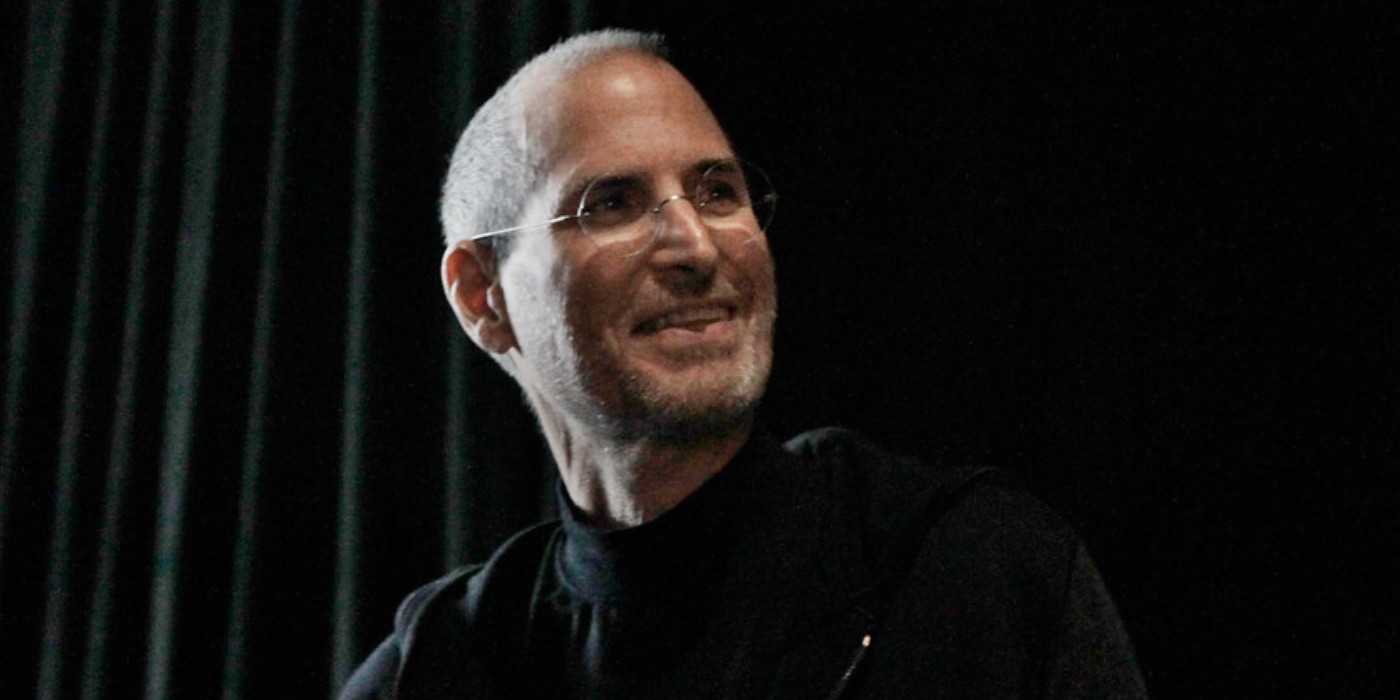

It’s the writer’s job to make this enough for the reader too. The important thing for the character is her belief that she can make a real and lasting difference. If, say, Ursula assassinates Hitler before he comes to power, all she has done is to create a single world (among the infinite number) in which Nazism sputters out – unless this version of reality overwrites the previous ones like a computer file when the save button is pressed. At some points, though, Ursula sacrifices herself for others, which would be an empty act if the world she was leaving ceased to exist. These lives aren’t exactly alternatives: it’s unclear what happens to the (very slightly) variant worlds when she dies in them, but then how would this information be conveyed? It’s a religious problem more than one of narrative technique. Life after Life does exactly what it says on the spine of the book, offering a number of versions of the life of Ursula Todd, born in 1910. Reading Theme: Indian Books in August + August 201.Kate Atkinson is in no danger of prosecution for misrepresenting goods.Review: Grandma's Bag of Stories by Sudha Murthy.Review: The Return of Butterfly by Moni Mohsin.Review: The Anti-Social Network by Piyush Jha.Friday Favourites: Bag, Cupcakes, Outifts and Cuff.Review: The Return of Captain John Emmett by Eliza.Review: Hanuman's Ramayana by Devdutt Pattnaik, Ar.Review: The Mother I Never Knew by Sudha Murthy.Review: Fire on The Mountain by Anita Desai.

Review: Inside the Haveli by Rama Mehta.Review : Isla and the Happily Ever After by Stepha.Review: Life After Life by Kate Atkinson.Review: Not Without You by Harriet Evans.Friday Favourites: Open Road, Tea, Books and Noteb.Review: The Teller of Tales by Bhaskar Ghose.General Whimsy: Stuff I Watch and Love.and even some Swiss Alpine resort type place told those stories. the Blitz in London, end-of-the-War Germany. The impact of the War was seen through their daily lives and ups-and-downs. During World War I, the focus was on the Todd family and their lives in rural England. The depictions of the War- both of them- were different.The Todd family, Ursula's friends- in her many avatars, so to speak- and sundry other people in her life have depth and make for interesting reading. The book never gets boring even though we live through the same period over and over again. The scenarios- each and every single one of them as Ursula lives and dies and is re-born- are interesting and well-crafted.So, anyway, Ursula Todd gets to live her life over and over again as she does, she changes the destinies of those around her as well as herself. The premise of the book is so delicious! Who among us has not wondered what they would do if they could live x years of their lives over? Or just live one crucial day in their life over? Or just want some sort of erase-and-rewind thing going on in their lives? I think about it sometimes! I want to go re-live my college/uni life because they were so wonderful and I want to extract more, more, more and more out of them.What I Liked: This is a fantastic book! It starts in 1910 and goes all the way upto the early 50s and takes the reader through the tumultuous War years and the gap between the Wars. Clearly history (and Kate Atkinson) have plans for her: In Ursula rests nothing less than the fate of civilization. For as she grows, she also dies, repeatedly, in any number of ways. On that same cold and snowy night, Ursula Todd is born, lets out a lusty wail, and embarks upon a life that will be, to say the least, unusual. Sadly, she dies before she can draw her first breath. Plot Summary: On a cold and snowy night in 1910, Ursula Todd is born, the third child of a wealthy English banker and his wife.

I Read: The paperback copy pictured above


 0 kommentar(er)
0 kommentar(er)
